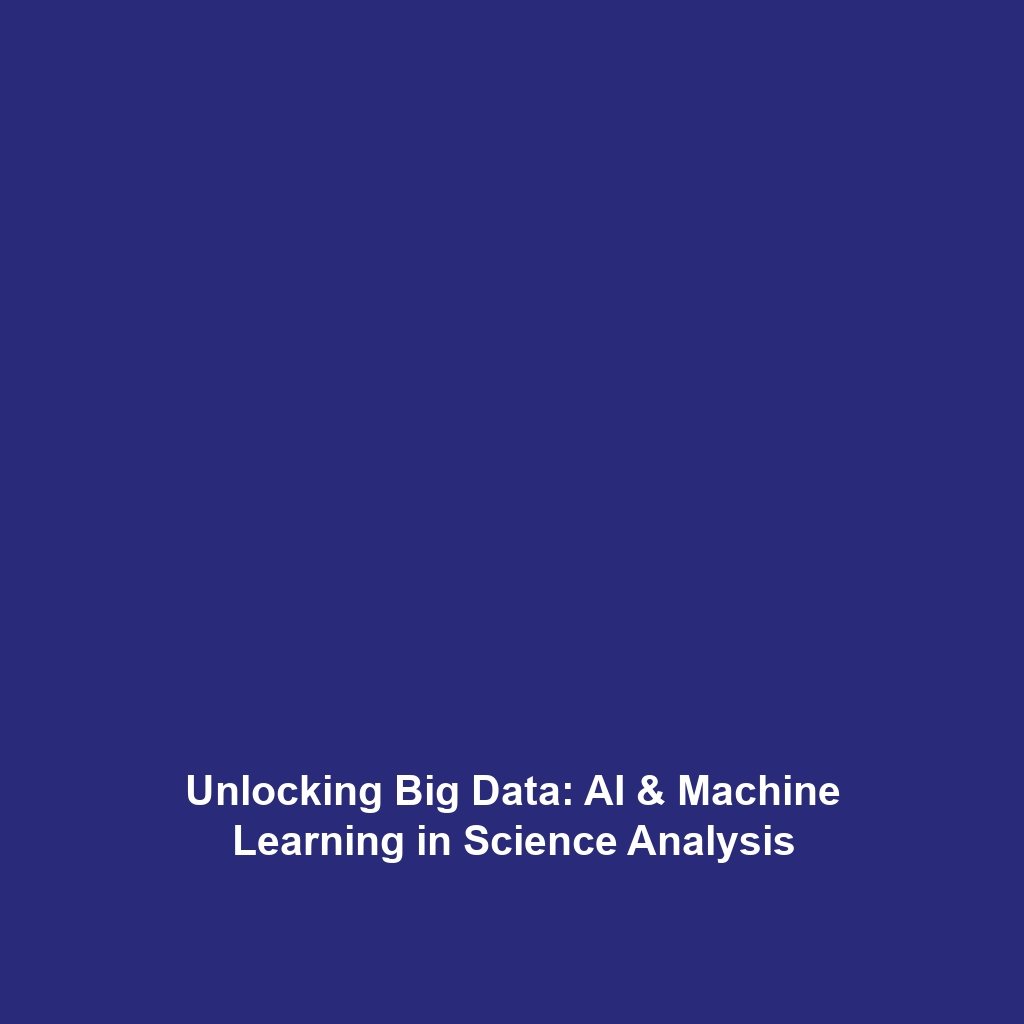Denisovans: A Unique Lineage in Human Evolution
Introduction
The discovery of Denisovans, an ancient group of humans known primarily from a limited number of bones and teeth found in the Denisova Cave in Siberia, has profound implications for our understanding of human evolution. These findings have revealed a DNA lineage that is distinctly separate from both Neanderthals and modern humans, adding complexity to the narrative of our ancestry. This article delves into the significance of Denisovans in the broader context of human evolution and examines their unique genetic heritage, raising important questions about our species’ migration and adaptation.
Key Concepts
Understanding Denisovans
The Denisovans are a fascinating link between Neanderthals and modern humans. Their discovery underscores several key concepts in human evolution:
- Genetic Distinctiveness: DNA analysis reveals that Denisovans have interbred with both Neanderthals and modern humans.
- Migration Patterns: The presence of Denisovan DNA in contemporary populations, especially in Asia, indicates past migrations and interactions.
- Technological Capabilities: Evidence suggests that Denisovans possessed advanced tool-making skills and may have displayed sociocultural behaviors.
Applications and Real-World Uses
The study of Denisovans presents several real-world applications in the field of human evolution:
- Genomic Research: Understanding Denisovan DNA assists in reconstructing the evolutionary tree of the human species.
- Medical Insights: Certain traits inherited from Denisovans may contribute to our understanding of modern human health and disease susceptibility.
- Preservation of Ancestral Knowledge: Research on Denisovans informs about ancient technologies and survival strategies, enriching our evolutionary narrative.
Current Challenges
Studying Denisovans presents several challenges:
- Limited Fossil Record: Few remains complicate efforts to understand their biology and culture.
- DNA Degradation: Ancient DNA is often contaminated, leading to potential inaccuracies in genetic analysis.
- Understanding Cultural Practices: As the material culture is sparse, reconstructing their way of life remains problematic.
Future Research and Innovations
Future research on Denisovans is poised to revolutionize our understanding of human evolution. Innovations in DNA sequencing technologies and archaeological methods promise to unearth new findings that could shed light on:
- Advanced Genomic Analysis: Enhanced techniques may allow us to extract and analyze more Denisovan DNA from existing fossils.
- Comparative Studies: Investigating Denisovan genetic data alongside other hominins could clarify evolutionary adaptations.
- Interdisciplinary Approaches: Integrating genetic studies with archaeological artifacts may provide a fuller picture of Denisovan life and their interactions with other human species.
Conclusion
In summary, the Denisovans hold a critical place within the story of human evolution, characterized by their distinct DNA lineage and archaeological significance. Continued research into their remains will deepen our understanding of ancient human diversity and adaptation. To stay updated on the latest discoveries in human evolution, consider exploring further readings on current research topics and DNA ancestry studies.





